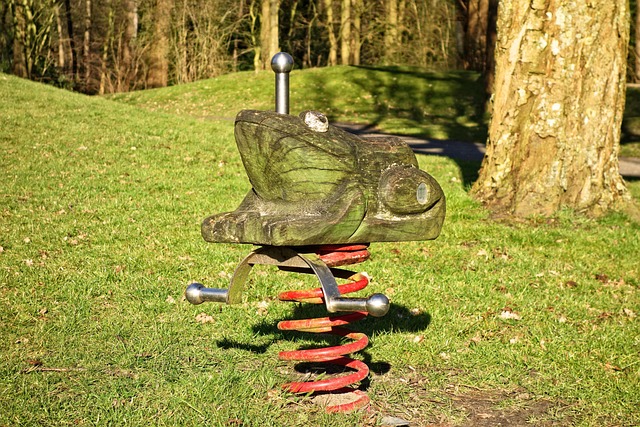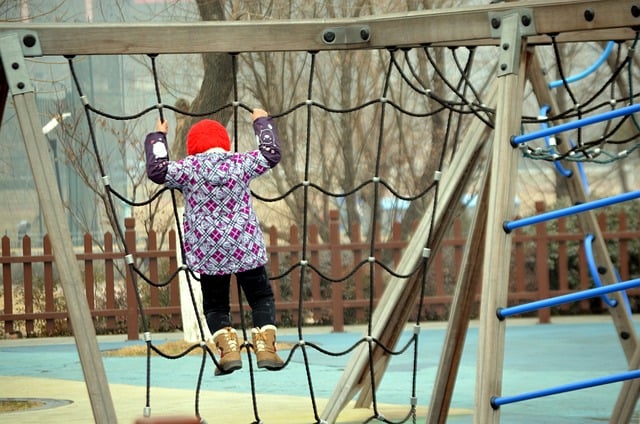When planning family outdoor adventures, focus on trails that offer stunning landscapes and suitable difficulty levels for all ages. Start with local attractions like children's museums, zoos, or kid-friendly parks for educational programs and play areas. For a challenge, choose trails with varied terrain but beginner to intermediate hiking difficulty, offering scenic views and access to family-friendly beaches or overlooks. Prioritize accessibility and safety by selecting well-maintained trails with gentle slopes and clear signage in kid-friendly parks or zoos. Begin at interactive exhibits in children's museums or zoos, then explore local parks and beaches for hands-on nature experiences that spark curiosity and foster environmental stewardship.
Planning a family adventure in nature? Discover the ultimate guide to memorable hikes with our comprehensive overview. From selecting family-friendly hiking trails suitable for various age groups and skill levels, to pre-hike warm-ups at children’s museums and enriching experiences at local zoos and kid-friendly parks, we’ve got you covered. Learn how to combine outdoor exploration with educational programs and scenic family friendly beaches. Enhance your family adventures by incorporating these tips for a balanced mix of fun, fitness, and learning in nature.
- Choosing the Right Family Friendly Hiking Trails
- – Tips for selecting trails based on age groups and skill levels.
- – Importance of considering accessibility and safety features.
- Children's Museums as a Pre-Hike Warm-Up
- – How children's museums can spark interest in nature exploration.
- – Interactive exhibits that educate and engage before the hike.
Choosing the Right Family Friendly Hiking Trails

When planning family outdoor adventures, selecting the perfect hiking trails is key to creating memorable experiences for all ages. Look for routes that offer a mix of scenic beauty and manageable difficulty levels tailored for both kids and adults. Many local zoos and children’s museums provide educational family programs that double as excellent trail preparation, fostering an appreciation for nature from a young age.
Consider the diverse offerings of kid-friendly parks, which often include designated play areas and scenic walking paths. For those seeking a more relaxing option, family-friendly beaches offer soft sand and gentle waves, allowing children to explore and build sandcastles while parents take in the fresh air and breathtaking views. These varied options ensure that every family member can engage in activities they enjoy, making it a truly inclusive outdoor experience.
– Tips for selecting trails based on age groups and skill levels.
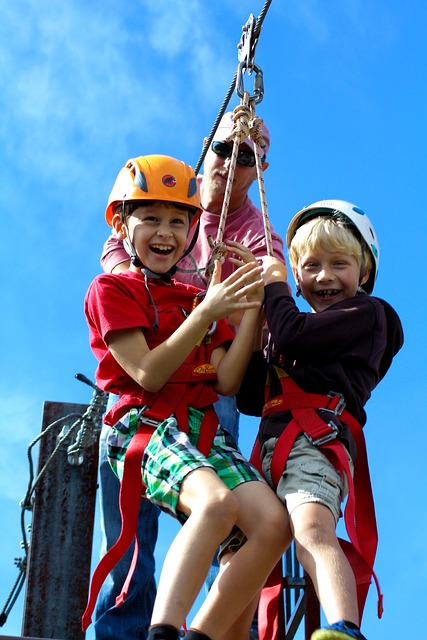
When planning family hiking trails, considering age groups and skill levels is key to ensuring everyone enjoys the experience. For younger children or those new to hiking, opt for shorter, well-maintained trails with interesting features like waterfalls, wildlife sightings, or educational markers along the way. These can be found in local zoos or children’s museums, offering both adventure and learning opportunities.
For older kids and families looking for a challenge, choose trails that offer varied terrain, but still cater to beginner to intermediate hikers. Look for routes with scenic views, potentially leading to family-friendly beaches or scenic overlooks, providing an incentive to reach the end. Educational family programs can also enhance these experiences, encouraging exploration while teaching about local flora and fauna.
– Importance of considering accessibility and safety features.
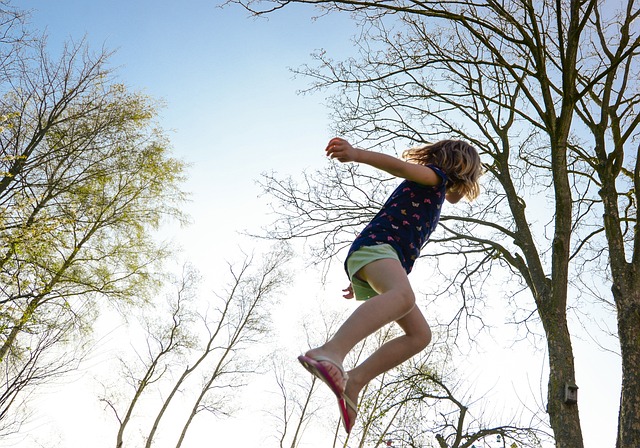
When planning family outdoor adventures, ensuring accessibility and safety should be at the forefront of your considerations. Look for trails that cater to diverse abilities, offering well-maintained paths, gentle slopes, and wide intersections to accommodate strollers, wheelchairs, or those with limited mobility. These features make hiking a manageable activity for all family members, fostering an enjoyable experience rather than a source of stress or frustration.
In addition to accessibility, safety is paramount. Opt for kid-friendly parks or local zoos that prioritize the well-being of their young visitors by providing clear signage, monitoring areas, and educational family programs. These attractions often feature interactive exhibits, nature trails designed with children in mind, and staff trained to engage kids while instilling a love for wildlife and conservation. Incorporating these safety measures ensures a worry-free excursion where families can explore together, creating lasting memories while connecting with nature.
Children's Museums as a Pre-Hike Warm-Up
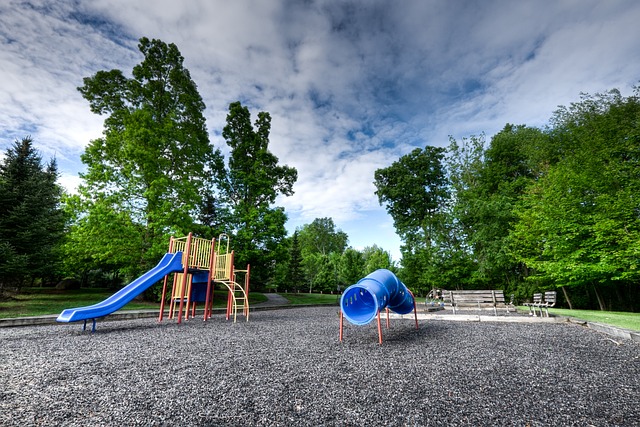
Before tackling the great outdoors, consider starting your family adventure with a stop at a local children’s museum. These institutions often offer interactive exhibits and educational programs tailored for young minds, providing a fun pre-hike warm-up that can enhance their appreciation for nature. Many museums also have on-site play areas, encouraging kids to burn off some energy before venturing into the forest or along the trail.
Children’s museums and kid-friendly parks are excellent resources for families seeking outdoor adventures. Local zoos, too, can offer a wealth of educational family programs, allowing little ones to learn about various animals while enjoying fresh air. Even family-friendly beaches provide opportunities for interactive activities that spark curiosity and foster a love for nature. These pre-hike activities not only make the outdoor experience more enjoyable but also create lasting memories, ensuring a well-rounded and enriching family day out.
– How children's museums can spark interest in nature exploration.

Children’s museums play a vital role in sparking interest in nature exploration from an early age. These institutions often offer interactive exhibits and educational programs that introduce young minds to the wonders of the natural world, fostering curiosity and appreciation for the environment. By engaging kids through hands-on experiences, children’s museums can inspire future outdoor enthusiasts and conservationists.
In addition to children’s museums, local zoos, kid-friendly parks, and family-oriented beaches also contribute significantly to family outdoor adventures. Educational family programs at these venues often focus on environmental stewardship, providing opportunities for parents and children to learn together while enjoying the great outdoors. These experiences can cultivate a deep connection with nature, encouraging families to seek out more adventurous hikes and exploration in nearby natural areas.
– Interactive exhibits that educate and engage before the hike.

Many modern outdoor spaces are enhancing their appeal to families by incorporating interactive exhibits that educate and engage before the hike. Children’s museums and local zoos often offer exhibits designed to teach young visitors about the natural world, making them eager participants in family outdoor adventures. These educational family programs can be found in kid-friendly parks, even those near family friendly beaches, providing a well-rounded experience for everyone.
Before setting out on a hike, these interactive exhibits allow children to learn about local flora and fauna, fostering an appreciation for nature that will enhance the entire experience. Such initiatives ensure that family time spent outdoors is both enjoyable and instructive, appealing to parents looking for meaningful activities to engage their children in a safe and fun environment.

